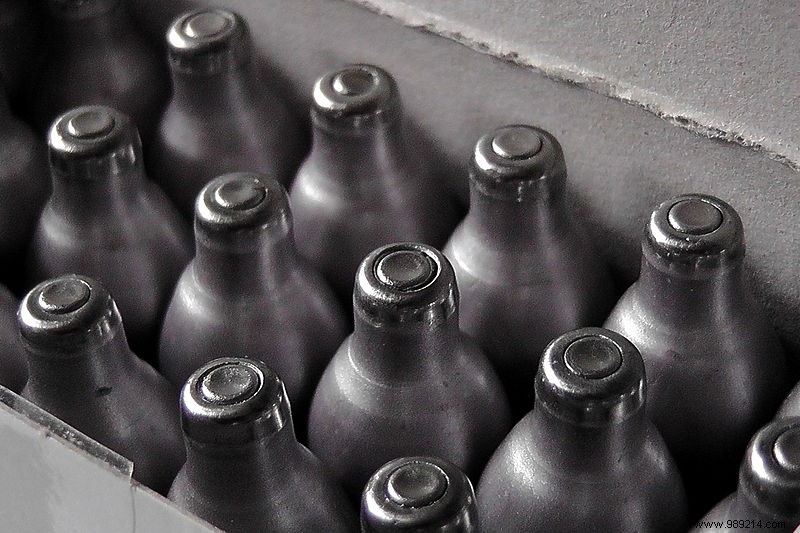What if laughing gas could overcome depression? This idea, which can make you smile at first glance, has in fact been the subject of quite serious research. American scientists have indeed obtained encouraging results by studying nitrous oxide.
Regularly used as an anesthetic, nitrous oxide (N₂O) or laughing gas is also misused among young people. These are looking for a fast and euphoric effect by using cartridges of this gas. This practice, which is not without danger, has existed for decades, but in France, we are seeing a real upsurge in this recreational use. A study published in the journal Science Translational Medicine June 9, 2021 evokes a new possible use. Led by the Washington University School of Medicine in Saint-Louis (United States), this work highlights the possibility of using laughing gas as a treatment against depression . Researchers have shown that people who inhale this gas at low doses can see their condition improve quite quickly.

Nitrous oxide mainly affects the brain by blocking nerve cell molecules . These are NMDA (N-methyl-D-aspartic) receptors. In addition, you should know that these same receptors are also targeted by another more powerful anesthetic:ketamine, which also helps relieve depression. Nevertheless, the fact is that no one really knows how NMDA receptors are capable of modifying mood.
From when ketamine began to show its positive effects on depression , the main leader of the study Peter Nagele had the idea to check if nitrous oxide could make it possible to obtain similar results. This researcher and his team had published initial research in 2014, showing that depressive symptoms could be reduced for a day after one hour of inhalation of nitrous oxide. The tests involved people in whom conventional antidepressants had no effect.
The fact is that prolonged use of laughing gas can cause nausea and other headaches. In the latest study, the same researchers observed the effects of nitrous oxide in 24 people that the usual treatments have not relieved. Some volunteers received a placebo (air + oxygen) and others either a half dose or a full dose of gas. This treatment was administered to the volunteers once a month for three months. After two weeks, people in the "half-dose" group saw their symptoms of depression drop by an average of five points compared to the "placebo" group. Remember in passing that these points make it possible to measure depression on the Montgomery and Asberg Depression Scale.
In the "full dose" group, individuals saw their symptoms drop a little further. Nevertheless, the differences in improvement with members of the "half dose" group were very small. According to the researchers, this could have been due to chance. However, it seems certain that a full dose of nitrous oxide generates adverse effects less present in the case of a half dose , namely migraines, nausea and dizziness. American researchers have therefore identified the ideal dose of laughing gas to treat depression while minimizing side effects.